When unblocking a toilet, it’s important to take safety precautions to protect yourself from exposure to harmful bacteria and viruses (also you don’t want the particulars of what you’re dealing with on your face, clothes or skin…)
You won’t be stylish wearing this stuff, but it could save you becoming ill or harming your eyesight!
It’s especially important to protect yourself with appropriate PPE when dealing with shared drains such as with blocks of flats, places of work or if your neighbours join your drains – although there may be good news if the blockage is shared as it could be a Water Board Asset. Check out our “Who’s Responsibility Is It Anyway?“
Here are some personal protective equipment (PPE) that should be worn:
- Disposable gloves: Wear disposable gloves to protect your hands from exposure to bacteria and viruses. Choose gloves that fit well and are made of a durable material that won’t tear easily.
- Face mask: A face mask can help prevent inhalation of harmful bacteria and viruses that may be present in the air. Choose a mask that fits snugly over your nose and mouth and provides adequate protection.
- Eye protection: If there is a risk of splashing or spraying during the unblocking process, eye protection such as safety goggles or a face shield should be worn to protect your eyes.
- Protective clothing: Depending on the severity of the blockage, you may want to wear protective clothing such as a disposable apron or coveralls to protect your clothing from contamination.
- Shoe covers: Shoe covers can be worn to prevent the spread of bacteria and viruses on the soles of your shoes.

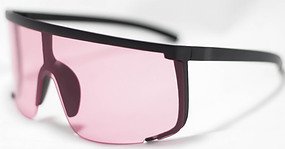
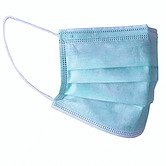
You can purchase any PPE listed below by clicking the images or buttons, though you should be able to find most of the items at your local DIY shop or even supermarkets these days. As Amazon Affiliates, any purchases made through DrainHub.uk may earn us a commission at no extra cost to you. Any support us appreciated and keeps the site running.
Face Visor
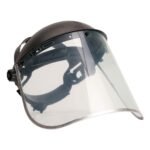
A face visor can help prevent inhalation of harmful bacteria and viruses that may be present in the air. Choose a mask that fits snugly over your nose and mouth and provides adequate protection.
A visor as shown above also helps prevent splash back on your face.
Eye Protection
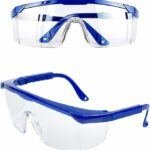
A face mask or visor makes this redundant but some form of eye protection should be used, even If you think the visor is a bit over the top.
There is a risk of splashing or spraying during the unblocking process, eye protection such as safety goggles or a face shield should be worn to protect your eyes.
After completing the unblocking process, carefully remove and dispose of all PPE according to proper protocols. It’s important to wash your hands thoroughly with soap and water or use hand sanitizer after removing your gloves and other PPE.
It may seem over the top to wear PPE over and above gloves, but if it does get messy or you end up dealing with other people’s waste, you need to make sure you’re protected. One risk with dealing with drains, in particular outside drains, is Leptospirosis.
Also referred to as Weil’s Disease, this is carried by rodents and expelled through their urine, and they urinate everywhere.
If you have outside drains, at some point rats or mice will have used this network like an underground road network. It’s not just human waste you need to consider!
Another risk is inhalation of airborne bacteria getting in your mouth, nose or eyes or foreign objects hitting your eyes, not to mention if any cleaning or unblocking chemicals have been used.
You get the idea, for the sake of putting on some cheap protective gear, it’s entirely worth the risk.


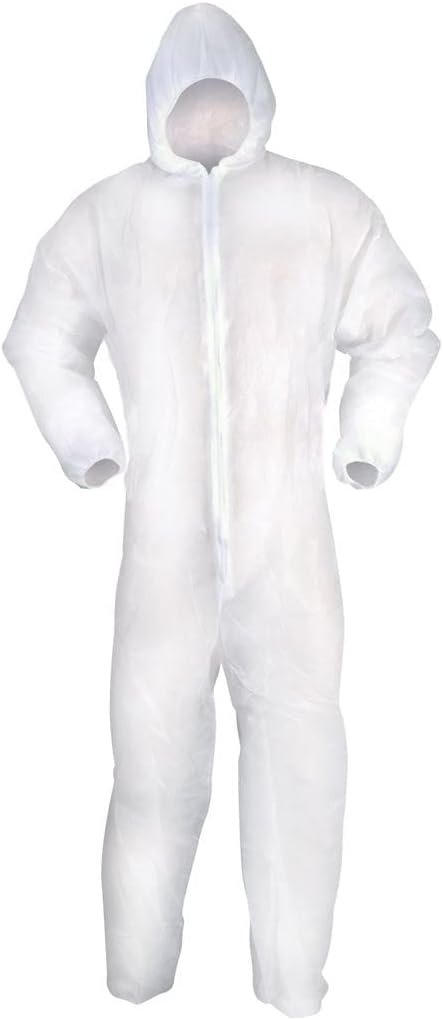
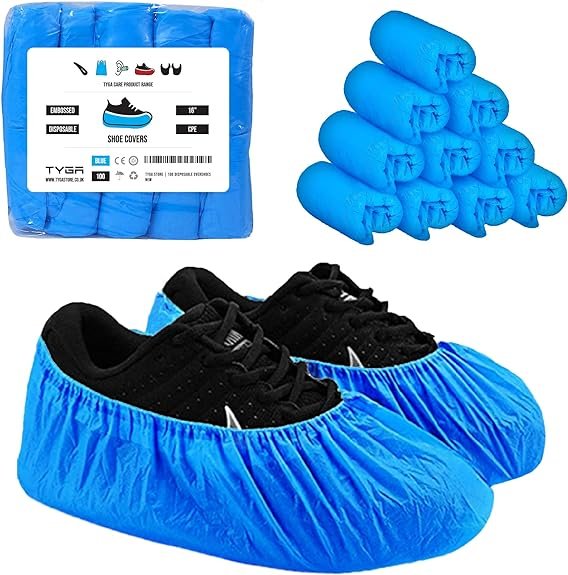

Leave a Reply